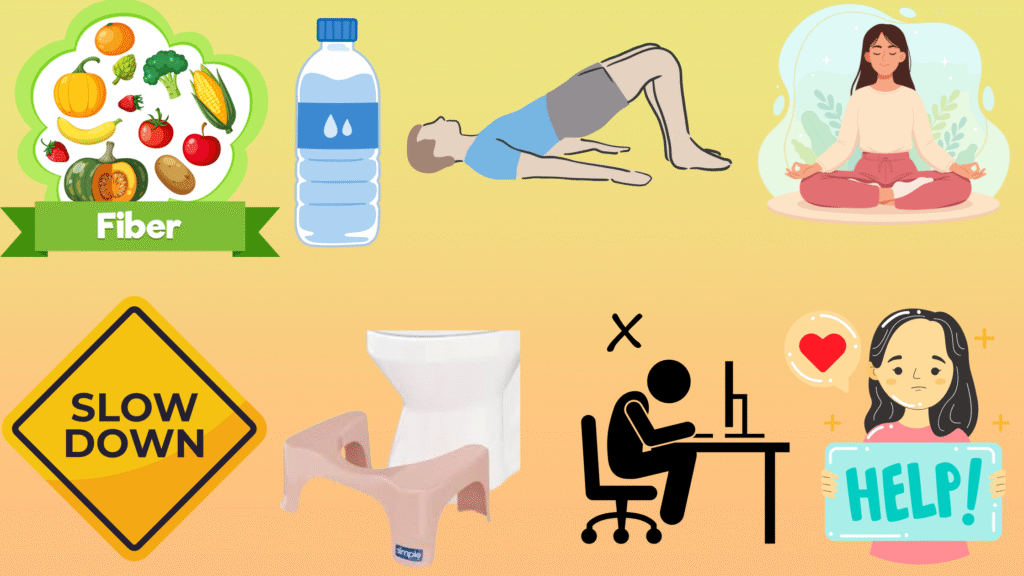| Pelvic Floor Function – Did you know? |
| I LOVE talking to clients and continue to be amazed at how amazed they are that no one knows we have pelvic floor muscles. I’m jumping into teacher mode so hang on! Okay, so picture this: your pelvic floor is like a hammock of muscles and tissues that hangs out at the bottom of your pelvis, holding everything in place—your bladder, uterus, and even your poop chute! These muscles are total multitaskers, helping with peeing, pooping, and even getting your groove on. Below are the four main responsibilities of your pelvic floor: 1. Sexual. The pelvic floor isn’t just about holding things in place – it’s also key to a satisfying sex life! Strong pelvic muscles mean better sensation and control, leading to more intense orgasms and overall sexual pleasure. 2. Sump Pump. The pelvic floor acts like a sump pump, making sure the blood and lymph in our lower body flows safely to and from our heart, lungs and brain. 3. Supportive. In addition to housing our sexual organs, the pelvic floor supports other organs such as intestines and pelvic diaphragm. 4. Sphincteric. The pelvic floor prevents leakage and helps keeps things dry. It helps control bladder and bowel movements, ensuring you don’t have any unexpected leaks when you laugh too hard or jump on a trampoline. |

| The Scoop on Constipation |
| While constipation can be caused by a weak or tight pelvic floor, it’s sometimes the other way around. When you’re backed up, and every trip to the toilet feels like a struggle, you’re putting extra pressure on your pelvic floor. It’s like asking your muscles to work overtime without a break. And over time, this can lead to even more issues with your pelvic floor, making it a vicious cycle. However, there are certain things you can do to keep your pelvic floor happy and your bathroom visits drama-free. 1. Eat Fiber-Rich Foods. Load up on fruits, veggies, whole grains, and beans to keep things moving down there. 2. Stay Hydrated. Sip on water throughout the day to keep your stool soft and your bowels happy. 3. Pelvic Floor Workouts. Ever heard of Kegels? They’re like push-ups for your pelvic floor muscles and can help keep them strong and healthy. 4. Chill Out. Relaxation techniques like deep breathing or yoga can help ease tension in your pelvic floor muscles. 5. Don’t Rush. Don’t hurry your bathroom trips, as rushing often means straining, which is a no-no. 6. Squatty Potty. We recommend the squatty potty, which helps your muscles and organs align to create optimal flow. Here’s a quick video on how it works. 7. Mind Your Posture. Sit up straight and give your pelvic floor some love by not slouching all day. This isn’t just for toilet time – it means while you sit at your desk, or stand at the counter, or walk the dog. Good posture is something you can and should practice all the time. 8. Ask for Help. If you’re still struggling, don’t be shy about reaching out to us for a consultation. We can give you personalized tips, tricks and treatment on a schedule that works for you. |

| If you are experiencing constipation or discomfort in your pelvic floor, we recommend scheduling a consultation with us. We will evaluate your abdomen, rectal and vaginal tension in order to get to the bottom of what’s causing your bottom’s problems (puns always intended). We will release pressure or strictures first and then work with you to make a plan for strengthening the affected muscles, so that your symptoms will lessen (or go away completely!).In the meantime, you can avoid unnecessary blockage by keeping your pelvic floor healthy. If you’re feeling constipated, take the below steps to retore your pelvic floor and get your sphincteric muscles/organs back in working order. 1. Address tightness. Start stretching regularly to release tension in the pelvic floor muscles. For example, try sitting on the floor with your legs bent and the soles of your feet together, then gently press your knees towards the floor to stretch the inner thighs and pelvic floor. 2. Strengthen your muscles. Perform specific relaxation exercises targeting the pelvic floor muscles. Lie down in a comfortable position, and consciously release tension from your pelvic floor by imagining a gentle opening and widening of the area. 3. Breath deep: Like we said, pooping should be as easy as exhaling. Practice diaphragmatic breathing to relax the pelvic floor muscles. Inhale deeply through your nose, allowing your abdomen to expand, then exhale slowly through your mouth, allowing your pelvic floor to relax. Bottom line (pun again intended), you’ll be best equipped to deal with your #1 and #2 situations when you know what’s really going on with your own pelvic floor! |
| As Always, Much Love, Amy and the Moment of Truth Team 💕 |


0 comments